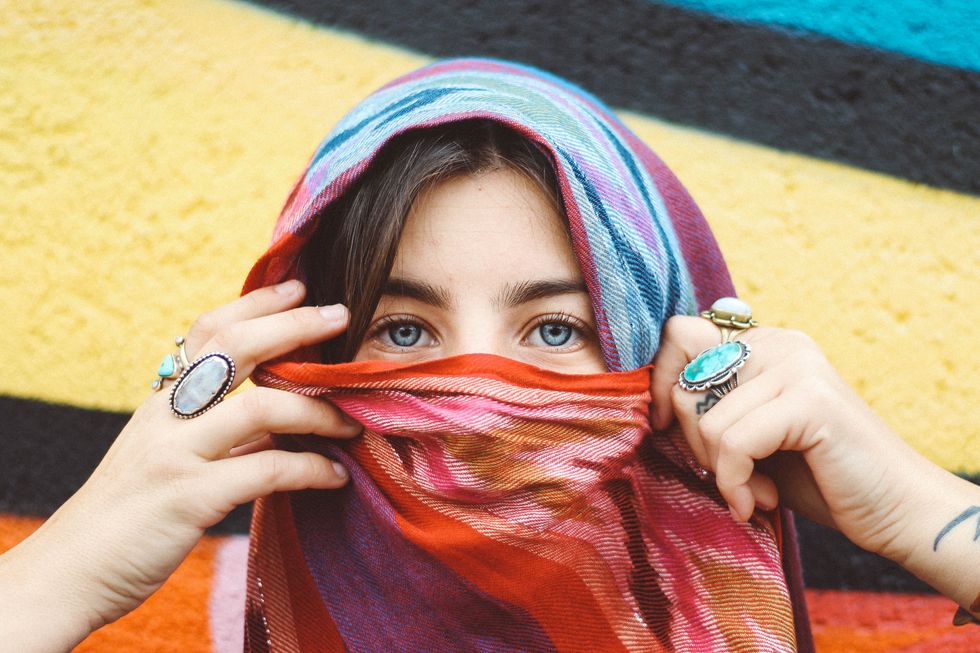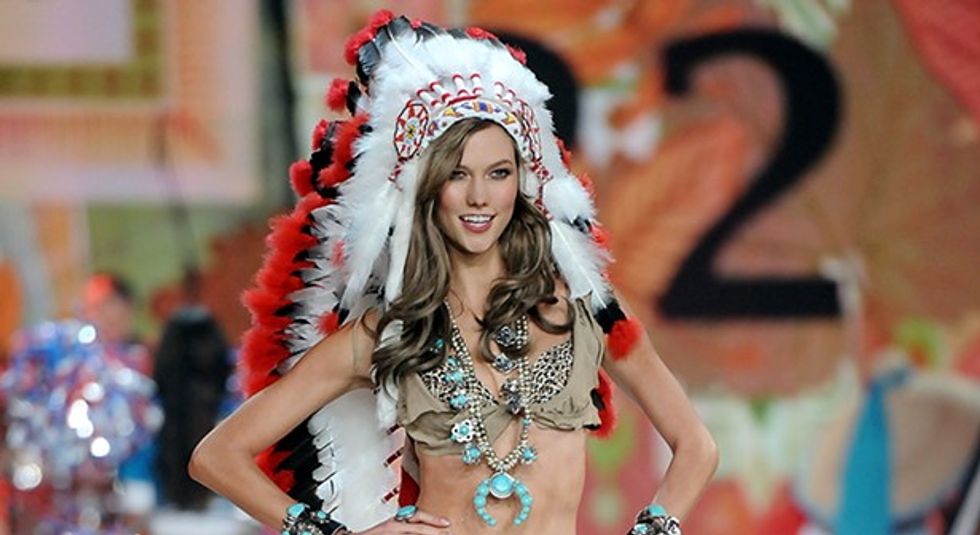Fashion is an addiction. As society becomes continuously integrated and media diffusion becomes every more rampant with social media, oftentimes, cultural standards are violated for aesthetic means. A simple search on Forever 21's website turns up numerous accounts of culturally appropriated styles. Although there may be no intent to target certain styles from other cultures, the habit of "borrowing ideas" for fashion purposes has turned into a commonality rather than a widespread problem. There is a line between cultural appropriation and cultural appreciation, and unfortunately, society seems to have a hard time understanding the extent of the problem.
Cultural appropriation ranges from types of music, food, books, movies and almost every other commodity. As the economy becomes continuously open to foreign influence, the diffusion of ideas is almost guaranteed, and the use of these foreign commodities is completely understandable; however, this only becomes a problem when one culture claims "ownership" of a borrowed idea and defiles it into commercial and aesthetic purposes.
For example, the ying-yang is an organic symbol sketched onto ripped and "grungy" style shirts. On one hand, the market advertises it as a new fashion icon and sells the shirt to an entire targeted group, resulting in the ying-yang losing its original meaning as the balance and harmony of Daoist beliefs. On the other hand, this symbol now becomes an item for purchase and design in the American fashion industry while it is continuously promulgated to other companies and designers without proper credit.
SEE ALSO:Asian Cultural Appropriation In Entertainment
As an Asian American, my culture and heritage traces its roots back dynasties among dynasties, and these symbols used as graphic designs have great influence on many of my family and friends. The meaning has been lost, and the ying-yang is no longer a Daoist symbol of balance, peace and harmony. Instead, it has become subjected as a marketing device — one that is culturally inappropriate to advertise commercially. This type of marketing must be stopped to control the diffusion of cultural ideas to industries for profit. Otherwise, all cultures will blend into one instead of each being appreciated individually, and the world may perhaps become the next melting pot free-for-all.
SEE ALSO: Cultural Appropriation V.S. Cultural Appreciation
Another major problem no one ever sees coming? Consumers do not realize that they are committing cultural appropriation. The companies that take credit for the success of certain trends based off century-long styles see money instead of cultural richness. Consumers see aesthetic instead of tradition, and most importantly, society sees this as normality. Like the image shown below, which was shot at a Victoria's Secret Runway, the model is portrayed with a Native American headdress, which holds significant cultural and social value in Native American society.
Cultural appropriation on the media and in the film industry remains as an unaddressed problem. Racial bias and stereotypes are often compounded with such habits. Thus, this contributes to the loss of cultural richness and divide while enforcing a type of superiority over certain styles borrowed from other cultures. While society today may see it an a minor flaw in the fashion industry, cultural appropraition is a brooding threat to many indigenous places and should not be taken for granted. So next time, before you buy that shirt, stop and think.








 StableDiffusion
StableDiffusion StableDiffusion
StableDiffusion StableDiffusion
StableDiffusion Photo by
Photo by  Photo by
Photo by  Photo by
Photo by 
 Photo by
Photo by  Photo by
Photo by  Photo by
Photo by  Photo by
Photo by  Photo by
Photo by 









